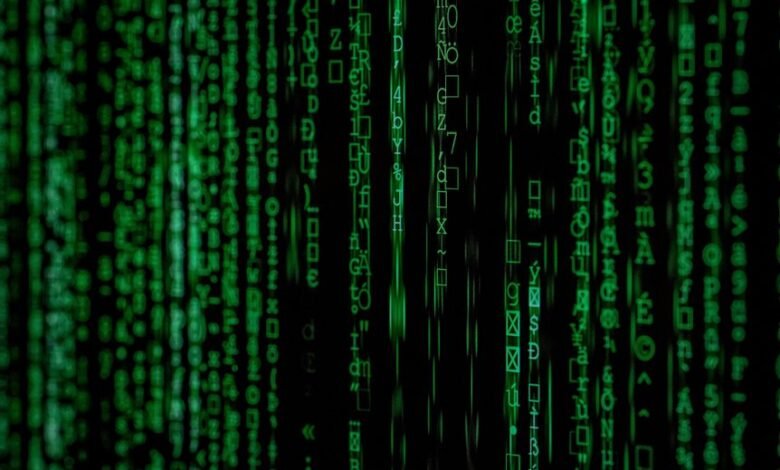52013l4 – Meaning & Explanation

The concept of 52013l4 serves as a pivotal framework within the legal sector, encapsulating key terminology and compliance standards. Its historical evolution mirrors societal shifts towards governance and individual autonomy. Understanding this framework is imperative for legal practitioners and scholars, as it shapes legislative benchmarks and ethical practices. The nuances of its applications reveal deeper implications, prompting a closer examination of its role in contemporary legal environments. What specific elements contribute to its significance?
Understanding the Components of 52013l4
The analysis of 52013l4 reveals several key components that contribute to its overall function and significance.
Through component analysis, one identifies essential legal terminology that delineates its framework.
Each component plays a critical role in ensuring compliance and understanding, ultimately empowering individuals to navigate the complexities of the legal landscape.
This structured approach fosters greater awareness and promotes the pursuit of freedom within legal confines.
Historical Context and Origins
Examining the historical context and origins of 52013l4 reveals its development against a backdrop of evolving legal frameworks and societal needs.
The historical significance of this entity lies in its response to cultural implications that emerged from shifting paradigms. As societies sought greater autonomy and justice, 52013l4 emerged as a pivotal construct, reflecting both the aspirations and challenges inherent in contemporary governance.
Applications in Legal Frameworks
Applications of 52013l4 within legal frameworks illustrate its multifaceted role in shaping contemporary legislation and judicial practices.
This regulation serves as a benchmark for legal regulations, ensuring adherence to compliance standards across various jurisdictions.
Implications for Legal Professionals and Students
Implications of regulation 52013l4 for legal professionals and students are significant, as it necessitates a comprehensive understanding of compliance standards and ethical practices within the legal field.
Legal implications extend to the responsibilities of students, emphasizing the need for diligence in their studies and adherence to professional conduct.
Consequently, both groups must navigate evolving regulations to ensure integrity and accountability in legal practice.
Conclusion
In conclusion, 52013l4 serves as a pivotal legal framework that intersects with historical aspirations for autonomy and governance evolution. Its intricate components resonate through contemporary legal practices, coinciding with the ever-evolving responsibilities of legal professionals and students. As the legal landscape continues to shift, the implications of 52013l4 underscore the necessity for a comprehensive understanding of compliance standards and ethical benchmarks, ensuring that future practitioners are well-equipped to navigate complex legal terrains with accountability and precision.




